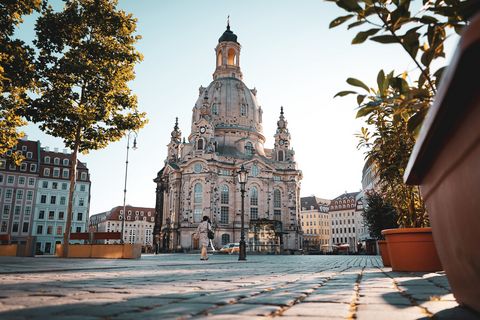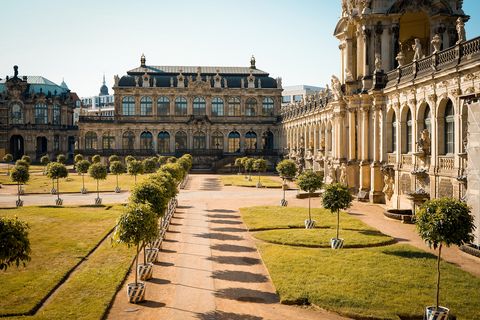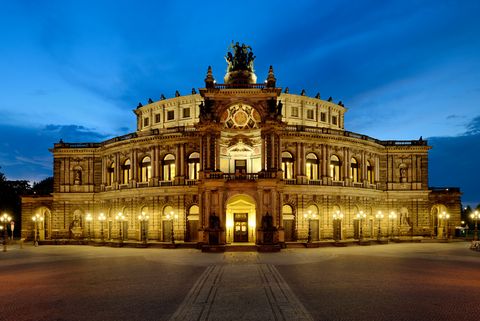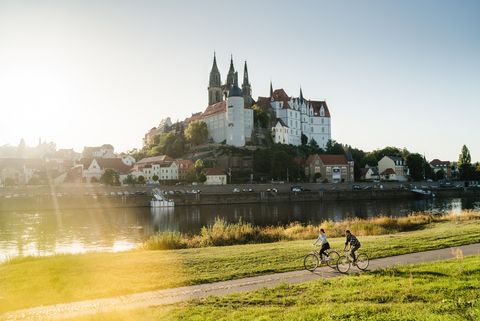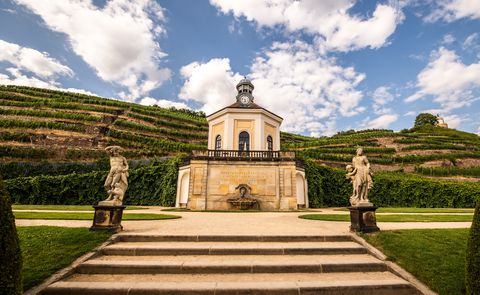It's beautiful here!
Another word for fascination? Dresden Elbland!
Dresden Elbland means joie de vivre, pride, elegance - and nonchalance. Classic meets modern, tradition kisses the future. But above all it means: Open your eyes and don't stop marvelling. Of course, you have to see the Semper Opera House, Zwinger Palace and Frauenkirche. But there is so much more! Look forward to exciting insights into over 800 years of history, a lot of the present and a whole lot of the future.
